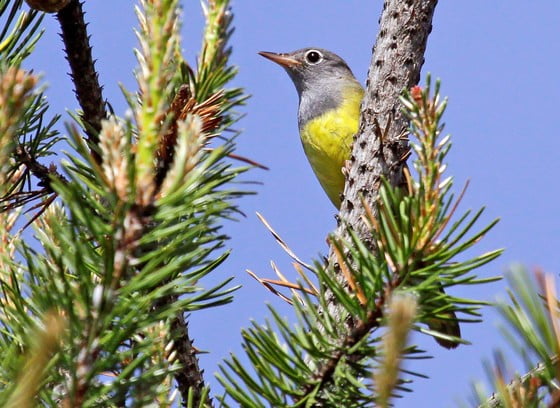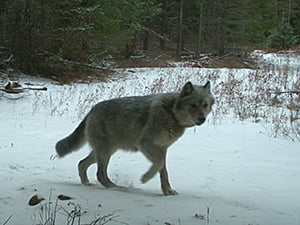
Schell City, Mo. – The Missouri Department of Conservation (MDC) is in the early stages of a major renovation for wetlands, levees and Schell Lake at the Schell-Osage Conservation Area. It is anticipated that some tree removal where construction will occur will begin this fall and winter. The renovation will improve the area’s wetlands for waterfowl and shorebirds, improve the fishery at Schell Lake, and reduce long-term flood damages.
MDC completed the draining of Schell Lake in June and July, and it will remain drained. The renovation will move forward as weather and construction contracts allow. A final completion date for the entire project has not been determined.
Schell Osage Wetland Renovations To Begin This June
The wetlands will be unavailable for waterfowl hunting through at least the 2018 and 2019 seasons, including this year’s teal season. Schell Lake is not available to anglers. The Wildlife Refuge and Waterfowl Refuge and Waterfowl Hunting zone closures remain in effect on the same acreage as in the past. Access to these areas will be closed Oct. 15-Jan. 31.
Anglers can still fish in Atkinson Lake and the upper area of Truman Lake, fed by the Osage River. The lake borders the 8,633-acre conservation area in Vernon and St. Clair counties. Upland fields and forests that are not within a wildlife refuge boundary will remain open to hunting, hiking, and birding.
When completed, the renovation project will provide multiple benefits for native habitats, wildlife, and people who enjoy the outdoors.
A more natural floodplain function will be restored. When Truman Lake was completed in 1979, flooding increased in frequency, depth, and duration on the Schell-Osage wetlands. The change made marsh habitat management more challenging, increased high-water damage to levees and roads, and added to sedimentation. Some of the water control structures are more than 50 years old and failing due to age.
The renovation will install low-profile levees that are strategically located for the area’s current hydrology. Floodwater will be able to flow over levee tops without causing major damage. Modern designs, along with concrete floodways and improved water control structures, will minimize sediment deposits and make it easier to manage vegetation and water levels to best benefit wildlife.
A pump station will benefit the wetlands and both lakes. In the past, water to flood wetlands in autumn was delivered from Schell and Atkinson lakes or from Truman Lake using a portable pump. A modern electric pump station will be installed during the renovation to draw water from the Osage River arm of Truman Lake. This will reduce hazards associated with pumping from the river bank with a tractor-mounted pump and increase efficiency of water management. It will also reduce the need to utilize water from the area’s lakes for filling wetlands, which will improve aquatic habitat in both lakes.
The renovation will improve the quality of the waterfowl refuge. Two critical refuge functions are providing food and undisturbed resting places for migrating waterfowl. Schell and Atkinson lakes serve as deep water refuge. These areas provide rest but little food.
See Lake will be refuge and an area north of C Pool will be enhanced to provide quality feeding habitat. These areas will be managed to promote native, moist-soil plants that produce seeds and host insects utilized as food by waterfowl. Food is essential to help waterfowl replenish fat reserves expended during migration. That leads to good health and more reproduction on the spring nesting grounds.
An added bonus, this new arrangement of the refuge areas – shallow marshes to the north and lakes to the south – will encourage ducks to fly back and forth. That should make the blinds in the hunting pools in between better for hunter success.
MDC will maintain blinds for waterfowl hunting. The tradition of waterfowl hunting from a duck blind on Schell-Osage began in 1964. That tradition will continue. Some blind locations will be eliminated due to reconfiguring pools, but some new locations will be added. Regardless, the overall number of blinds on the area will be the same. There will be 25 standard blinds and two designed for use by hunters with mobility challenges. The blinds will also provide excellent wildlife photography opportunities in the spring.
Anglers will benefit from the renovation, too. The western portion of Schell Lake was very shallow, which was not good for fish or fishing. This portion of the lake will be combined with C pool to create additional managed wetlands and new hunting blind sites. The new section of the lake dam and eastern two-thirds of the lake will get several rock-lined fishing jetties, a disabled-accessible fishing area, and a better boat ramp. Most importantly, some areas of the lake will be deepened and some of the material will be used to create islands.
For anglers, the new jetties, deeper water, and island structure, means the best days for fishing at Schell Lake are ahead.

